When it comes to bikies and their women, historically it has been a numbers game.
As in how many notches are on your bedpost? Or how many fast women do you have at your disposal?
For Mick Hawi, the number of women in his life was unusual given his line of work: one.
Even more out of step with bikie norms, Hawi’s romantic life resembled a committed love story.
Hawi and his wife Carolina Gonzales had been in an exclusive relationship from the time they were aged in their mid-teens until the day he died.
The public were given an indication of how strongly Ms Gonzales felt for Hawi after she applied to the NSW Supreme Court to preserve sperm from his corpse to allow her to have more children to the murdered crime figure.
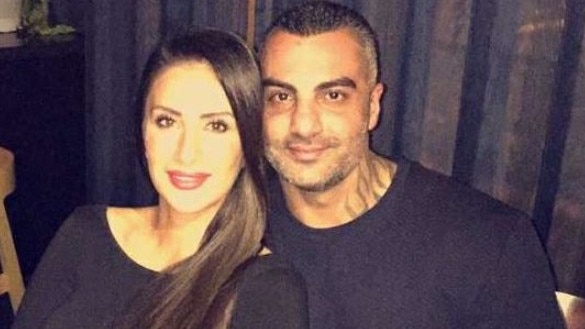
Chapter 1: Tattoos that told the life story of Mick Hawi
Chapter 2: Comanchero boss Hawi a rare one-woman bikie
Chapter 3: Bikie brawl and airport killing changed Sydney forever
Chapter 4: Depressed Hawi’s world falls apart
Chapter 5: Money troubles before Hawi’s life ends in a hail of bullets
Their first meeting was in 1992. Hawi would have been 11 or 12, while Ms Gonzales would have been the same age.
They met through one of Ms Gonzales’ school friends.
Three years later, when both were 15-years-old, their relationship progressed.
“We became good friends and started dating,” Ms Gonzales wrote in an affidavit that was used as evidence in Hawi’s murder appeal case. “Since this time we have been in a relationship.”
By 2000 or 2001, Ms Gonzales wrote in the affidavit that she and Hawi were living at her parents’ home.
But the couple needed their own space.
In 2002, the couple moved out together and got their own place at Peakhurst.
It was only a temporary address and the pair moved to Rockdale that same year where their relationship blossomed further.
“In 2002, Mick and I were married,” Ms Gonzales wrote in the affidavit. “In a simple ceremony at our house in Rockdale.”
The first step to starting a family came the following year.



“In February 2003, I fell pregnant and Mick and I lived at Rockdale during my pregnancy,” Ms Gonzales wrote.
On October 16, 2003, their first son was born.
“(Our son) was required to remain in hospital for a week due to jaundice but was otherwise a healthy baby,” she wrote.
It was a delightful moment for the couple.
“Both Mick and I were overjoyed at the birth of our first (son),” she wrote.
But they soon realised the limitations of their Rockdale home.
“When our (son) was approximately six months old, our family moved to Peakhurst, which had more room for a growing family,” she wrote.
But with a young son, they needed a more secure nest and in 2004, they purchased their forever home.
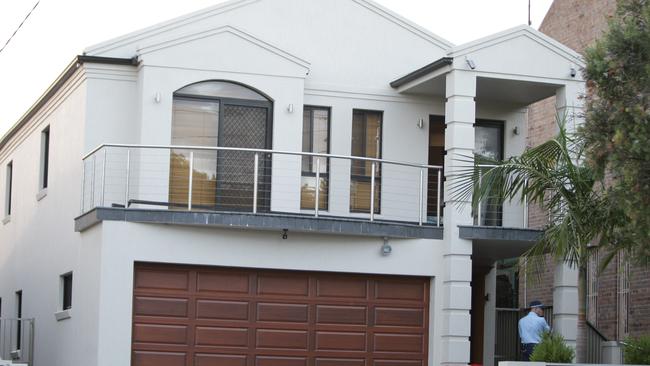
Chapter 3: The bloody airport brawl and death that led to the jailing of Mick Hawi
They paid $715,000 for a two storey home in Bexley that is still the family home today.
Significant additions were made over the years and the property now features a pool, spa and decking area out the back plus a home theatre.
The property was in Hawi’s name for seven years until it was transferred to be solely owned by Ms Gonzales on September 9, 2011, according to property records.
On July 12, 2016, a Chatswood based money lender, known as Horton Asset Pty Ltd, put a caveat on the home.
The documents lodged with the land titles office left blank the section of the paperwork that explains the reasoning behind the caveat.
In 2007, the couple were overjoyed with their new addition and flew their young son to Chile for a holiday to meet members of Ms Gonzales’ extended family.
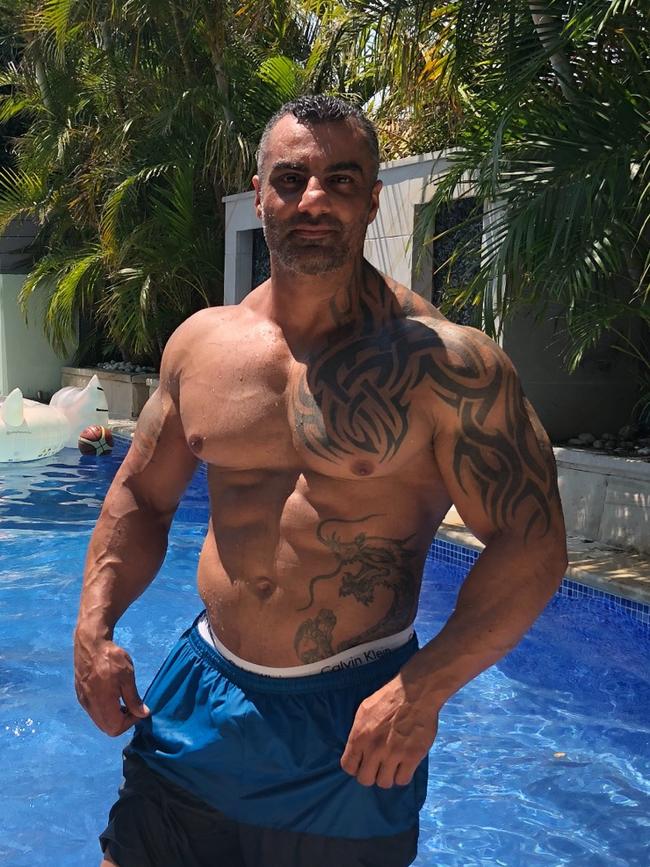
It helped in part to ease the pain of the miscarriage they had in 2006, Ms Gonzales wrote in an affidavit tendered to court.
This was helped further when Ms Gonzales fell pregnant again in September 2008.
“The miscarriage was very distressing to both Mick and I, but we were overjoyed to have conceived again,” she wrote in the affidavit.
Their second son was born in 2009. Hawi missed the birth.
He was behind bars with his bail refused. Police had arrested him nine days earlier and charged him over the Sydney Airport murder.
Ms Gonzales’ loyalty to her husband was demonstrated by the way she interpreted the move by the police.
“When Mick was arrested for murder on June 30, 2009, nine days before (our son) was born, I was devastated,” she wrote in the affidavit. “The timing of the arrest was, in my view, calculated to destroy me and Mick.”
HAWI’S EMERGENCE AS A BIKIE TO BE FEARED
Six years into their relationship, Ms Gonzales discovered Hawi was a bikie.
He had joined the Comanchero in the vicinity of 1998.
She wasn’t mad about his secret.
In fact, Ms Gonazales would later tell a court she had no problem with what she saw as her husband’s involvement in what amounted to little more than a social club.
“I first learnt Mick...had dealings with the Comanchero while I was in Chile on holidays in 2001,” she wrote in the affidavit that was tendered to the NSW Court of Criminal Appeal.
“I found nothing wrong with this as it appeared to me that it was a group of friends who would ride bikes and hang out at the club houses,” she wrote. “In those days, the clubhouse at Silverwater was a friendly place frequented by wives and children of club members.”
And there was certainly no criminal behaviour, according to Ms Gonzales.
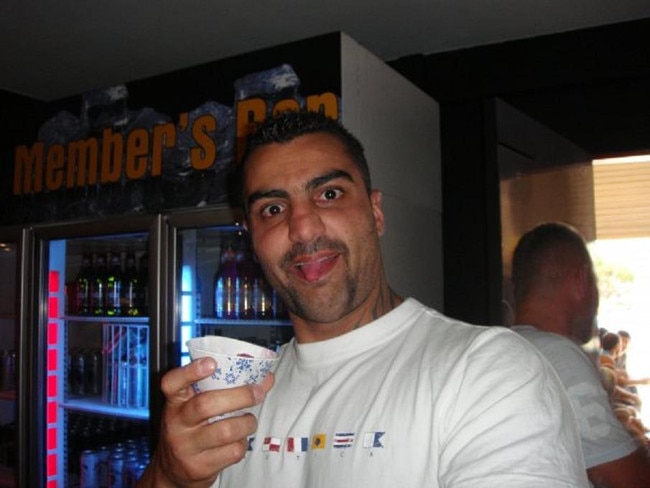
“During the period of Mick’s involvement in the Comanchero, I never saw ... or heard of any activity, which was illegal, unlawful or caused me concern,” she wrote.
Ms Gonzales also wrote about her understanding of Hawi’s responsibilities with the gang in the early days.
“Mick’s involvement was bike rides on the weekend, particularly to Wiseman’s Ferry where Jock Ross, the president of the Comanchero lived. We would have a BBQ with other family members,” she wrote.
It’s a rose coloured view of the club best known for its involvement in the 1984 shootout known as the Milperra Massacre, where seven people died and 28 were injured.
However in a 2019 interview with The Daily Telegraph, Ms Gonzales gave a different reflection on her husband’s career choice.
“I’m not naive, I know the life my husband lived,” she said. “I’m not saying he was an angel, but he turned his life around after prison…When he came out he did a 360 and was done.”
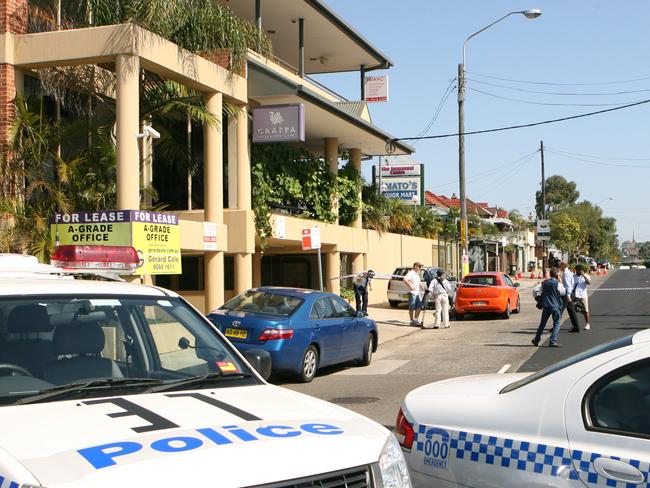
Hawi’s interactions with law enforcement authorities told a different story.
On November 15, 2007, Hawi was almost murdered when a gunman shot at him on Norton St, Leichhardt.
A witness was sitting in her 4WD and saw it unfold, according to court documents.
She heard a number of loud bangs and saw three men, the documents said. One of them handed a pistol to another man, who then fired a shot.
Hawi was allegedly the main target, the other being fellow Comanchero and right-hand man Daux Ngakuru.
The accused gunman was charged with shooting with intent to murder Hawi and two other counts of the same charge.
The court was told Hawi and Ngakuru refused to give a statement to police and followed the bikie code of staying silent.
The case fell over on February 16, 2009, when prosecutors discontinued the proceedings in the Sydney District Court.
So how did Hawi come to join the Comanchero in the first place?
According to a senior police source, one theory includes that Hawi was recruited by a well known crime figure through the Kings Cross scene in the 1990s.

“Hawi was well connected in the crime scene around Brighton and Bexley,” said one police source. “And the Commos were looking to get a foothold in the area, so they actively recruited him.”
Hawi was initially connected to the Comanchero’s Croydon Park chapter, according to court documents, which he was attached to for about two years.
His next stop was with the Ramsgate chapter then Marrickville, the documents said.
He eventually became affiliated with the Milperra Chapter, which opened “about two years” before the Sydney Airport brawl in March 2009.
At just 22-years-old, Hawi was elevated to the position of the gang’s national president, making him the youngest ever after Jock Ross’ retirement.
According to Ms Gonzales’ affidavit, her husband was promoted for noble reasons.
“My understanding of why Mick became president at such a young age is because he was a sensible person, opposed to violence,” she wrote. “In my experience everybody in the club respected Mick.”
Police sources told a different story and said Hawi came to power in a bloodless coup.
The source said he rode out to Windsor in northwest Sydney with a few other Comanchero and told Jock Ross, who called himself the Commander of the gang, they were retiring him.
Ross, a survivor of the Milperra massacre in which seven people died in a pub carpark shootout, was given the option to go quietly as a respected legend of the club or they would bash him and take his bike and colours. He wisely stepped aside.
The Saturday Telegraph contacted Mr Ross to ask about the circumstances of Hawi’s appointment. But his wife said “He doesn’t want to talk to you about that” before hanging up the phone.
Hawi was just 22 when he took over and began to recruit Lebanes and Turkish associates to join the club, displacing the older members. They were the new breed of muscle bound fighters and drug dealers.
He transformed the club from a bunch of fat old bikies into a multimillion-dollar operation.
While giving evidence during his murder trial in 2012, Hawi gave a similarly optimistic view of the way his gang operated to that of his wife.
Members filed into their respective chapters every Friday night for a meeting.
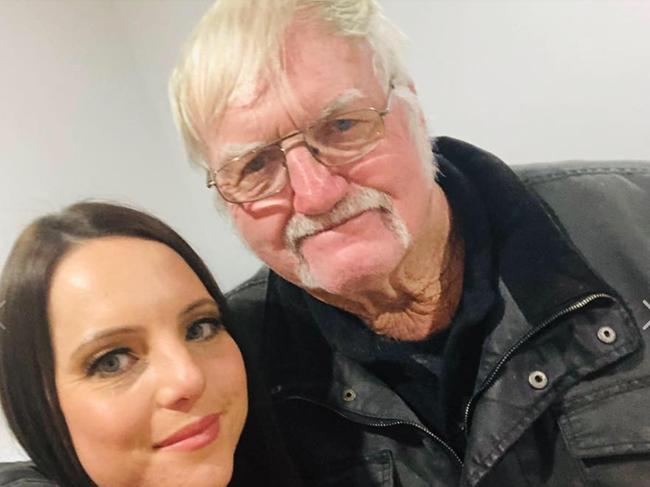
They paid a $20 fee that Hawi explained was collected to “Pay the rent, put drinks back in the fridge and so on.”
Hawi confirmed the Comanchero had rules and explained that the gang operated like the perfect democracy.
“The club, as a whole, votes and then the majority wins the votes,” Hawi told the court.
Crown Prosecutor Natialie Adams explored the point, but Hawi stayed firm with his utopian description of the gang’s structure.
Ms Adams attempted to establish that Hawi had absolute authority and that his say was final.
“And other members had to follow your lead, do you agree with that?,” Ms Adams asked.
Hawi replied: “It depends on the circumstances, ma’am.”
Ms Adams pressed: “Well, important decisions in the club couldn’t be made without your say-so, could they?”
Hawi didn’t budge from his position.
“Decisions are made as a club, as a whole, Ma’am,” he replied.
The prosecutor insisted: “You have a veto. As the national president, surely you have some sort of veto power?”
But Hawi attempted to stay on point: “Decisions are made by the club as a whole, Ma’am.”
Frustrated, she shot back “I just want you to answer my question. Surely as national president you had some form of veto?”
Finally, Hawi offered a concession: “You could say that, Ma’am.”

He even insisted that he could not have final say on who could become a Comanchero member.
“If the majority ruled, he will, ma’am,” he said.
“So you’re saying that persons could join the Comanchero Motorcycle Club even though the national president didn’t want them to,” Ms Adams asked quizzically.
Hawi responded: “The national president doesn’t get involved in stuff like that, ma’am.”
By 2008, Ms Gonzales was agitating for her husband to devote less time to the club.
“In early 2008 Mick began to distance himself from the club,” she wrote. “This was at my request because club business took a lot of his time.”
Ms Gonzales wrote that she told Hawi around this time “I want to spend time with you and (your son) and live a father’s life.”
Hawi agreed to her request, she wrote.
“Mick only went to the Comanchero clubhouse on two occasions following this statement,” she wrote.
“After Mick reduced his involvement with the Comanchero, he spent more time with me and (their son),” she wrote. “(Their son) became very used to him being at home. Mick began to read books at night.”
Summing up the change in her husband, Ms Gonzales wrote: “Mick became the perfect husband and (an) ideal family man.”
But there was still some Comanchero business Hawi was attending to in 2009, which saw him fly to Melbourne and back.
It would challenge their relationship like nothing had before.
